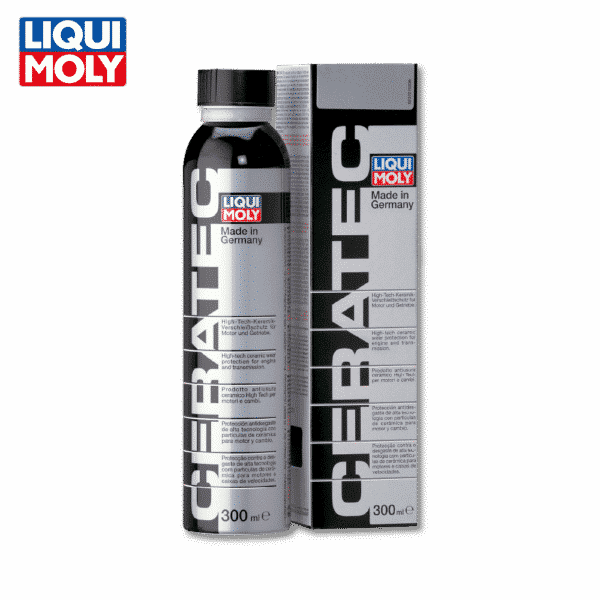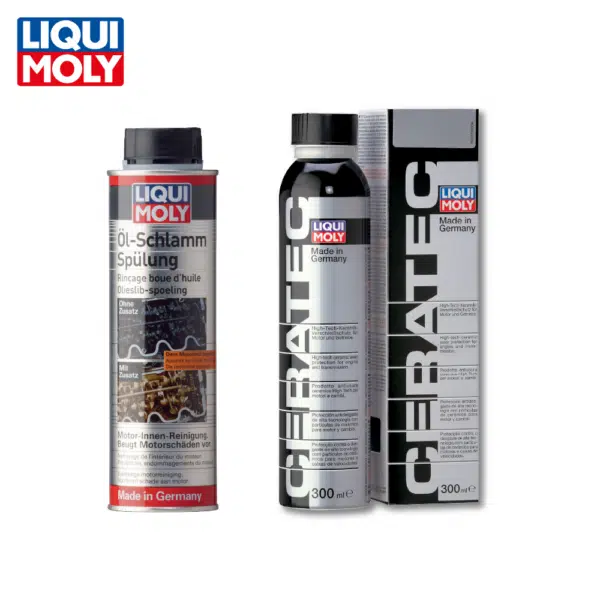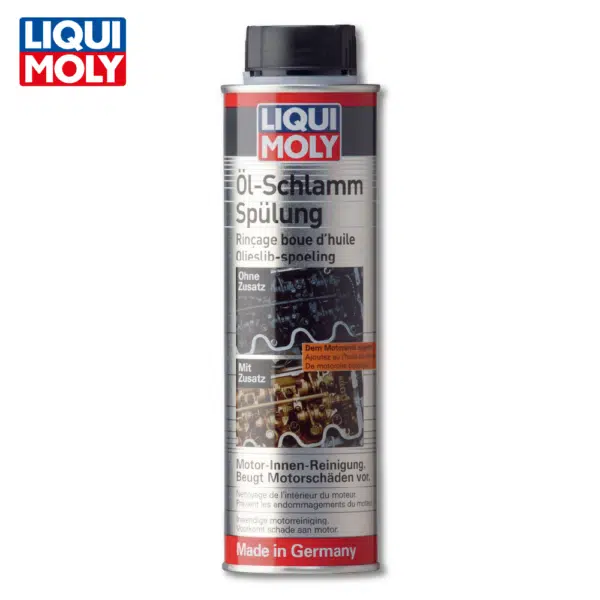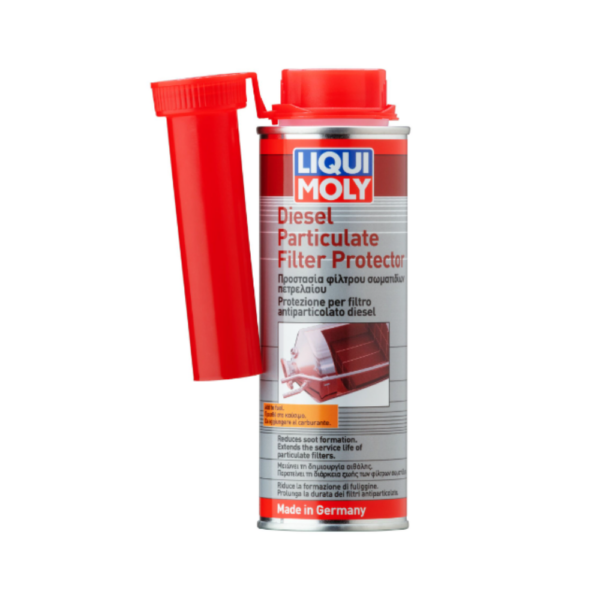Did you know that maintaining clean brakes not only helps in improving your car’s performance but also extends its lifespan? In this blog post, we will dive into the importance of car disc brake cleaning, various methods, and best practices to keep your braking system in top-notch condition. Let’s put the brakes on poor performance and give your car the care it deserves!
Key Takeaways
Regular brake cleaning is essential for optimal performance and longevity of the braking system.
Having the necessary tools and supplies, as well as selecting a suitable brake cleaner, are key to successful car disc brake cleaning.
Regular inspections and preventative maintenance can help maintain a clean braking system while proper driving habits extend the life of brake components.
Understanding the Importance of Brake Cleaning

Cleaning your car brakes regularly promotes optimal performance and extends their lifespan. The braking system of your car encompasses several components like the rotor, brake pads, and caliper assembly. A thorough cleaning once or twice a year can help prevent the build-up of dirt, dust, and other contaminants.
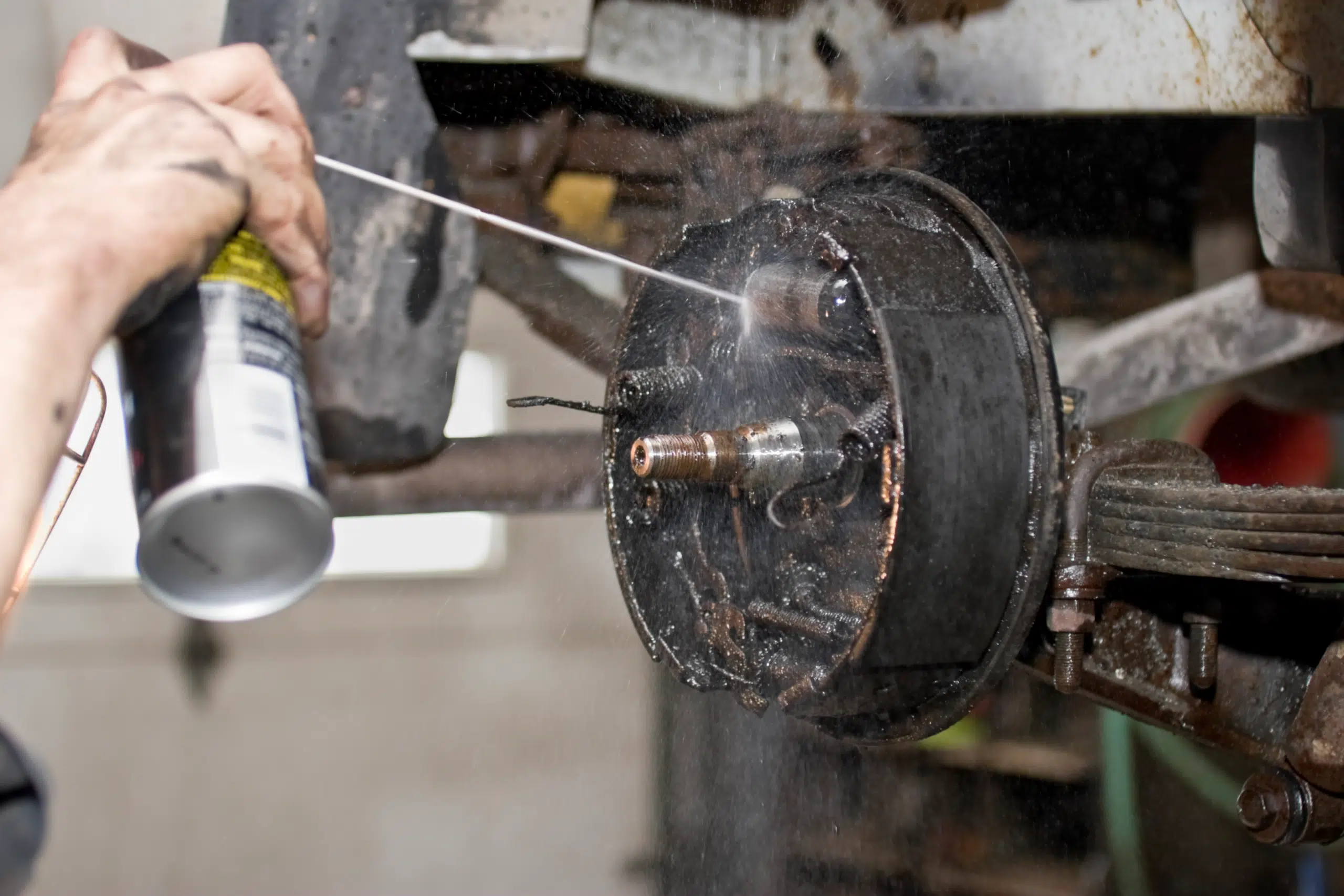
The Impact of Dirt and Dust on Brakes
Dirt, dust, and debris can have a detrimental effect on brake components and overall braking efficiency. They can lead to:
Increased risk of respiratory issues
Damage to alloy wheels
Corrosion of wheel stud threads
Potential damage to brake rotors and alloy wheels
Contribution to particulate matter pollution.
Maintaining optimal performance and avoiding problems caused by dirt, dust, and debris necessitates regular brake cleaning.
Brake Rust and Corrosion
Rust and corrosion on brake rotors can cause poor brake performance and pose potential safety risks to drivers. The simplest and most effective method of removing rust from brake discs is by utilizing the car and regularly applying the brakes. Engaging in some stop-and-go driving can effectively remove superficial rust from the disc brakes.
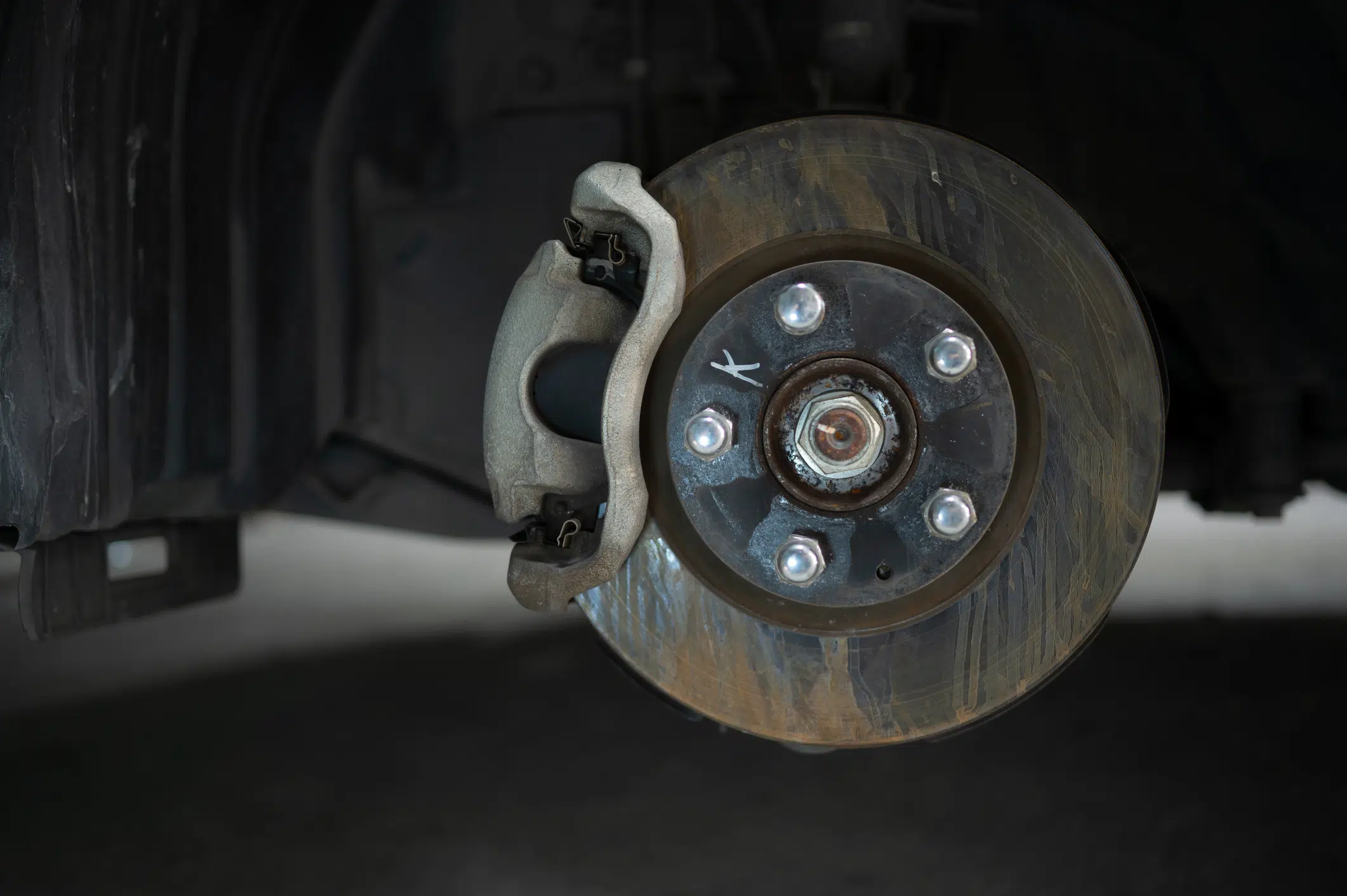
Another option for cleaning brake rotors, as well as brake drums, is detaching them from the vehicle and using a clean rag to remove dirt and dust effectively.
-
LIQUI MOLY Ceratec£20.40
-
Premium Oil Change Set£37.23
-
LIQUI MOLY Oil Sludge Flush£16.83
-
LIQUI MOLY Octane Booster£8.29
-
LIQUI MOLY Super Diesel Additive£7.17
-
LIQUI MOLY Diesel Particulate Filter Protector£8.10
-
LIQUI MOLY Radiator Stop Leak£6.20
-
LIQUI MOLY Fuel Injection Cleaner£10.02
Essential Tools and Supplies for Brake Cleaning

Possessing the appropriate tools and supplies can significantly enhance the efficiency of your brake cleaning process. Effective brake cleaning requires cleaners, brushes, and rags.

Some of the tools required for brake cleaning include a socket wrench and ratchet set, screwdrivers, Allen wrenches or hex keys, wrenches, safety glasses, and a dust mask.
Selecting the Right Brake Cleaner

Selecting a suitable brake cleaner is key to safeguarding your vehicle and efficiently removing dirt and grime. Some highly recommended brake cleaners include:
Würth Brake Cleaner
TRW Brake Cleaner
CRC Brake Cleaner
3M Brake Cleaner
Before using any product, always read the label and follow the manufacturer’s instructions to ensure compatibility with your vehicle’s braking system.
Brushes and Rags for Thorough Cleaning
During brake cleaning, using the right brushes and rags is crucial to achieve a thorough clean without causing damage to brake components. The optimal type of brush for brake cleaning may depend on the specific cleaning requirements and preferences, such as wheel brushes, brake caliper brushes, and brushes with soft bristles. Select a brush that is suitable for the areas of the brakes that require cleaning and can effectively remove brake dust, grime, and debris.
Step-by-Step Guide to Car Disc Brake Cleaning

Having discussed the significance of brake cleaning and the necessary tools, we now proceed to a step-by-step guide for cleaning car disc brakes. This guide will cover the preparation, cleaning, and inspection processes, ensuring you have a comprehensive understanding of how to maintain your braking system.
Preparing the Vehicle
Vehicle preparation for safety is a prerequisite before initiating the cleaning process. To do this, jack up the car and support it on an axle stand.
Next, remove the wheels using a lug wrench to loosen the lug nuts and extract the wheel. With the wheels removed, you can now access the brake calipers and rotors for a thorough cleaning.
Cleaning Brake Rotors and Calipers
To clean your brake rotors and calipers, follow these steps:
Apply a liberal amount of brake cleaner to remove dirt, dust, and grime.
Use a water hose for quick and efficient removal of debris.
Avoid applying detailing chemicals or wax on the rotors, calipers, brake pads, and hoses, as they can cause damage and hinder the cleaning process.
Inspecting Brake Components for Wear
Inspection of brake components for wear and damage signs is a necessary step in the cleaning process. Check for signs of rust and corrosion, wear on the brake pads and rotors, and any other damage or debris, such as dirt, oil, or grease.
Identifying potential issues early on can help you address them and ensure the longevity and efficiency of your braking system, including its brake assemblies.
Alternative Methods for Brake Cleaning

In addition to the traditional brake cleaning methods, there are alternative approaches that can be just as effective. These alternatives include using household items and implementing preventative measures to maintain a clean braking system.
Using Household Items for Brake Cleaning

Common household items such as:
Acetone
White vinegar
Alcohol
Simple Green
Baking soda
can be used for effective brake cleaning. For example, white vinegar can be used to clean brake rotors by raising the vehicle, removing the rotors, and allowing them to soak in the vinegar. Extending the soaking period can facilitate the rust removal process.
Preventative Measures to Minimize Brake Dust Buildup

Preventative measures can help minimize brake dust buildup and maintain a clean braking system. Some effective methods include:
Using a brake dust repellent on the wheel surface
Mounting brake dust shields behind the wheel
Applying advanced finishing products to the wheel surface
Changing to ceramic brake pads
These measures not only keep your brake linings and brakes clean but also contribute to their longevity and overall performance.
Tips for Maintaining a Clean Braking System
Maintaining a clean brake system requires diligence and the adoption of proper driving habits. Regular inspections and preventative measures can go a long way in ensuring the efficiency and longevity of your car’s braking system.
Regular Brake Inspections
Regular brake inspections are necessary to validate their proper functioning and spot any signs of wear or damage. Conduct this inspection at least once a year, or more frequently if you drive frequently or in extreme conditions. Regular inspections will help you identify potential issues early on and allow you to take the necessary steps to address them.
Proper Driving Habits
Adopting proper driving habits can help reduce brake dust accumulation and prolong the lifespan of brake components. Some effective strategies include maintaining a consistent speed, avoiding abrupt stops and starts, and refraining from hard braking.
By implementing these habits, you can minimize brake dust buildup and contribute to the overall health of your braking system.
Best Brake Cleaners
This section presents a list of top-rated brake cleaners available in the market. These cleaners are renowned for their efficiency in eliminating oil, dust, rust, and other contaminants from brake components.
We will also address some frequently asked questions about their use to help you make an informed decision.
LIQUI MOLY Brake Cleaner
LIQUI MOLY Brake Cleaner is a popular and effective brake cleaning solution known for its:
Excellent penetration properties
Rapid and efficient cleaning and degreasing of structural components
Ability to dissolve oil, grease, resin, and tar residues

This cleaner has proven to be effective in swiftly and effectively removing dirt, dust, and other impurities from brake components, as well as helping to prevent rust and corrosion.
Würth Brake Cleaner
Würth Brake Cleaner is a high-quality cleaner known for its:
Powerful cleaning capabilities
Fast flash-off behavior
Excellent cleaning performance
Effective cleaning and degreasing
Removal of soot, grease, brake dust, and oily residues
No residue left behind
Its superior cleaning capability makes it a preferred choice for many car owners and mechanics.
TRW Brake Cleaner
TRW Brake Cleaner is a reliable and safe option for cleaning various brake components. It features:
Fast-acting and effective performance
Developed with environmental concerns in mind
Capable of removing dirt, oil, brake fluid, grease, and other dirt from metal parts
Facilitates disassembly
Additionally, it is CFC-free and biodegradable, quick drying, and does not damage rubber components.
CRC Brake Cleaner
CRC Brake Cleaner is a versatile cleaner suitable for a wide range of vehicles. Its high-quality and fast-acting formula is effective for removing grease, brake dust, and brake fluids, making it suitable for cleaning brake parts, clutch parts, and mechanical equipment.
CRC Brake Cleaner is available in both chlorinated and non-chlorinated options, with various sizes and a dielectric strength of 37500 Volts, providing a powerful and heavy-duty cleaning experience.
3M Brake Cleaner
3M Spray Brake Cleaner is a trusted brand offering effective brake cleaning solutions. It provides a safe, non-chlorinated, non-flammable, and non-corrosive formula that can be used on all brake components.
It is fast-acting and leaves no residue, ensuring that your braking system remains clean and efficient after each use.
Summary
We have covered a wide range of topics related to brake cleaning, including its importance, tools and supplies, methods, and best practices. Regular brake cleaning and maintenance are crucial for ensuring optimal performance and extending the life of your car’s braking system. With the right knowledge, tools, and habits, you can maintain a clean and efficient braking system to keep you and your vehicle safe on the road.
Frequently Asked Questions (FAQs)
What can I use to clean my disc brakes?
To clean disc brakes, use a specialist product such as isopropyl alcohol or methylated spirits which don’t leave any residue. Use a cloth and do circular motions until the dirt and black come off. This is safe on seals and your bike.
How often should disc brakes be cleaned?
Your brakes should be checked for debris at least once a week and given a proper clean when needed. It’s important to not over-clean your brakes, but you do want to make sure that they stay clean by performing regular maintenance checks.
Can you use wd40 to clean disc brakes?
WD-40 is not recommended for cleaning disc brakes as it could contaminate the brake pads. Instead, use rubbing alcohol to clean the disc rotors and WD-40’s Brake and Parts Cleaner to prolong the life of brake discs and pads. Avoid using any lubricious substance on your brakes, and if you’ve already driven with fresh WD-40 on them, change your brake pads.
Is it necessary to clean your brakes?
It is recommended to clean your brakes at least once a year or when you notice a reduction in braking abilities. Bad brakes can pose a serious safety threat, so regular maintenance and cleaning is necessary to maintain even wear and proper friction. Without cleaning, brake dust and debris can impair the braking performance, so it is important for both performance and safety to clean your brakes.
Can I use household items for brake cleaning?
Yes, you can use household items such as acetone, white vinegar, alcohol, Simple Green, and baking soda for effective brake cleaning.
Can brake cleaner be used to clean tools or other oily surfaces?
Yes, brake cleaner can be used to clean tools and other oily surfaces. However, read the label and follow the manufacturer’s instructions to ensure compatibility with the materials being cleaned.
Can non-chlorinated brake cleaners be used on rubber and plastic components?
Yes, non-chlorinated brake cleaners are typically suitable for use on rubber and plastic components. However, always read the label and follow the manufacturer’s instructions to ensure compatibility with the materials being cleaned.
What are the differences between chlorinated and non-chlorinated brake cleaners?
Chlorinated brake cleaners are more effective in removing grease and oil but can be corrosive and damage rubber and plastic components. Non-chlorinated brake cleaners are less effective in removing grease and oil but are safer to use on rubber and plastic components.
What are the benefits of brake cleaning?
Brake cleaning helps optimize the car’s brakes’ performance by removing dirt, dust, and other particles, decreasing brake noise, increasing braking power, and extending the brakes’ life.
